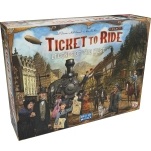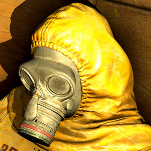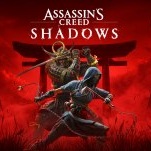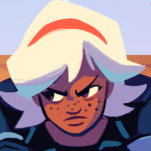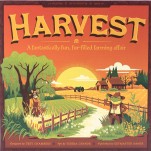Magic: The Gathering—Battle for Zendikar
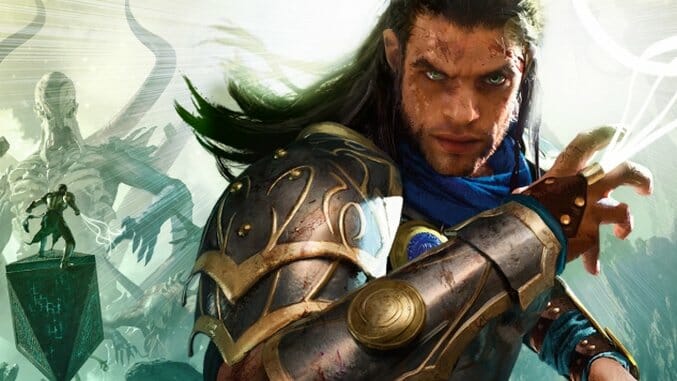
Magic: The Gathering is a long-running collectible card game that encourages you to buy packs of cards, open those cards, and holler in excitement or scream in rage when you do or do not get the cards you want. Developed during the proliferative era of the 1990s, when thin plastic, cheap cardboard, and hobby shops seemed infinite and beautiful, this basic fact of randomization frames every single interaction with the game. The most competitive decks are in the hundreds of dollars. Playing a sealed format, where you (relatively cheaply) buy cards at the location and play with them, has an entire weird economic principle that often causes people to make objectively bad gameplay choices (or choose not to play at all) because of what they do or do not open in their random packs.
The newest set of Magic, named Battle for Zendikar, leans powerfully into the randomization effect, and it leans so much that it might be the most important quality to talk about in this set. That’s sad, by the way, because the card content of the set from a design and flavor perspective is some of the most excellent that I’ve seen in my time playing Magic. More on that later, but at the top we need to address that ultimate randomization experience: Expeditions.
If you’re not familiar, Expeditions are very special foil lands that appear very rarely in packs of Magic cards. By “rare,” I mean that they appear slightly more commonly than foil mythics. The hierarchy of Magic cards goes like this: there are eleven common cards, three uncommon cards, and one mythic or rare in every pack. The mythic rarity is the most enchanted, and there are around four or five of those rares in each booster box. The chance of getting a foil mythic is about one per case, or one per six booster boxes, or numerically stated 1/216. If you bought those at your local Wal-Mart, it might cost you around $860 plus tax. Buying them from your local game store would be cheaper.
Expeditions drove most of the conversation about Battle for Zendikar over the past few months. People pre-ordered boxes and cases based on the early speculation of prices around the cards, with the highest prices being estimated at $400 or more for some of the most in-demand Expeditions. The randomized contents of Fat Packs, a kind of “here’s what the set is” collectors box, were even more highly valued, and post-release these packs are selling for nearly twice their MSRP.
Expeditions drove sales, and popular opinion was that the massive amount of product would be opened so that people could find the Expeditions. Now that the set is released, where are we?
Some Expeditions are worth a lot of money. Some of them aren’t. Incredibly useful cards for Standard play (which is where you build a deck with currently-released sets) like Gideon, Ally of Zendikar and Drana, Liberator of Malakir seem to be holding their $20+ prices, and everything else in the set is continually dropping like a rock as more and more cards get opened every week.
That’s the economic frame of Battle For Zendikar, and I can’t help mentioning it up top because many people have focused on that to the exclusion of everything else. Zendikar is as much about the spectacle of shiny cards in the public discourse as it is about the actual play of those cards, but I want to talk about the latter more than the former, so with the discourse around Expeditions firmly planted in your head, I want to talk about playing a card game.
Battle for Zendikar is a sequel block (a set of discrete sets of printed cards) to 2009’s Zendikar block, which was made up of the sets Zendikar, Worldwake, and Rise of the Eldrazi. The basic idea of Zendikar is that it is “adventure world,” a place where the land floats around willy-nilly. In every hidey hole there’s a treasure; that treasure is surrounded by peril. It’s a tomb raider experience, and Zendikar itself was chock full of trap cards, weird interactions, and fun creatures.
-

-

-

-

-

-

-

-

-

-

-

-

-

-

-

-

-

-

-

-

-

-

-

-

-

-

-

-

-

-

-

-

-

-

-

-

-

-

-

-


































